Singapore Math Heuristics: Solve Part of the Problem, Simplify the Problem and Work Backwards
Problem-solving in mathematics helps children develop reasoning and communication skills that are transferrable and important life skills.
Reasoning is required on three levels when children solve word problems. First, they use reasoning to recognise what information is provided or missing. Then, they use reasoning to figure out what information they need to find. Finally, they use reasoning to draw on relevant prior knowledge and choose the most suitable heuristic to work out the solution.
Communication is required for comprehension and expression during problem-solving. Children need to read and understand word problems and then write and express their solutions. When children are encouraged to explain their thinking verbally, visually and in written form, they gain a better understanding of math concepts and develop stronger communication skills.
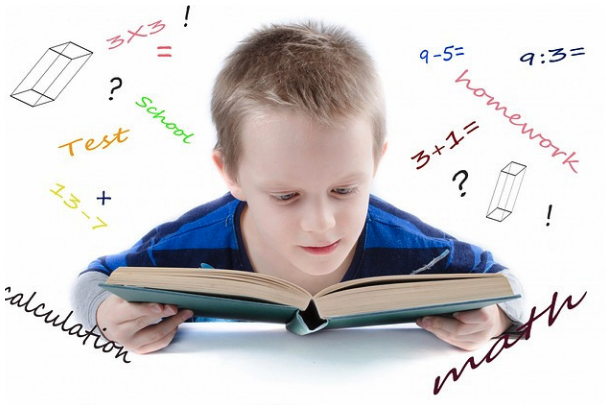
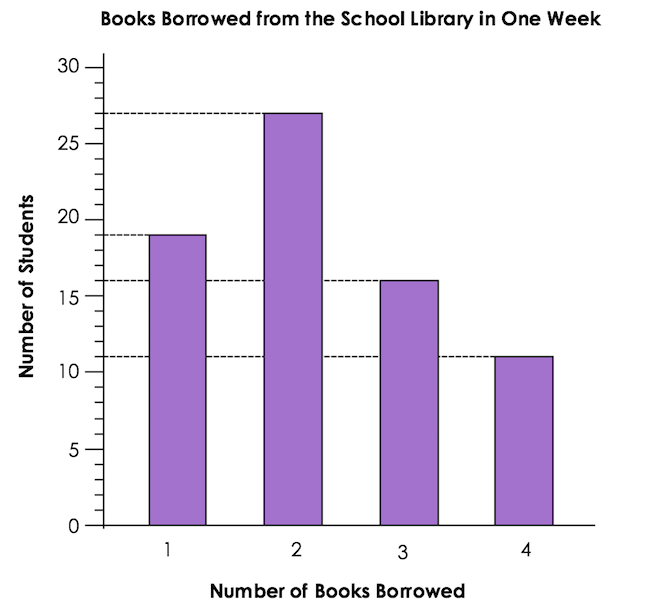
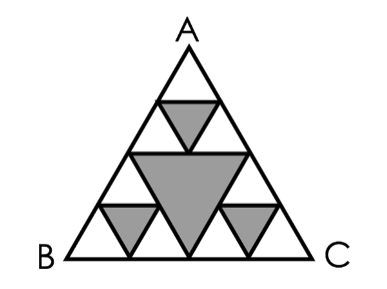

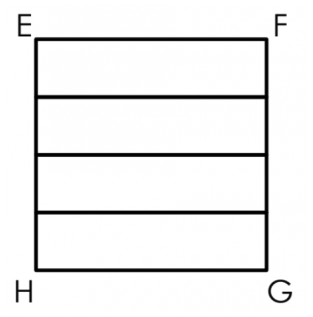
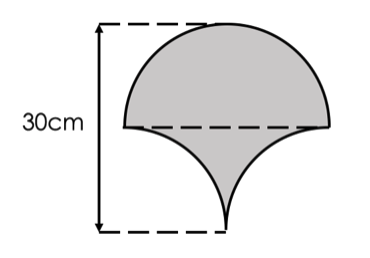
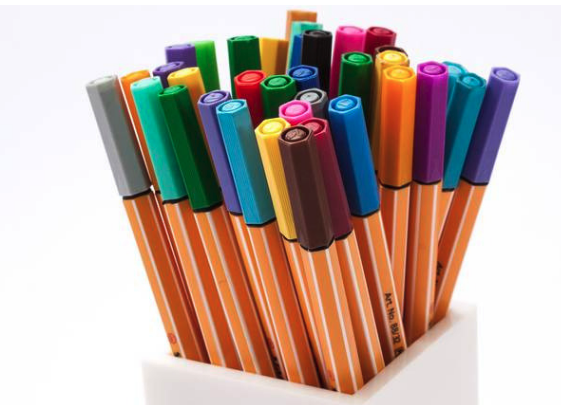
Solution:
1. Understand:
What to find: How many pens did Mr Adam have at first?
What is known: He sold 318 pens. He packed the remaining pens into packs of 5. He sold the packs at $3 each and made $249.
2. Choose: Work backwards
3. Solve:
Let’s label the changes C1, C2 and C3
C1: He sold 318 pens.
C2: He packed the remaining pens into packs of 5
C3: He sold the packs at $3 each.
We can organise the information like this:


Before C3: 249 ÷ 3 = 83
He had 83 packs.C2 is he packed the remaining pens into packs of 5.

Before C2: 83 × 5 = 415
He had 415 pens remaining.C1 is he sold 318 pens.

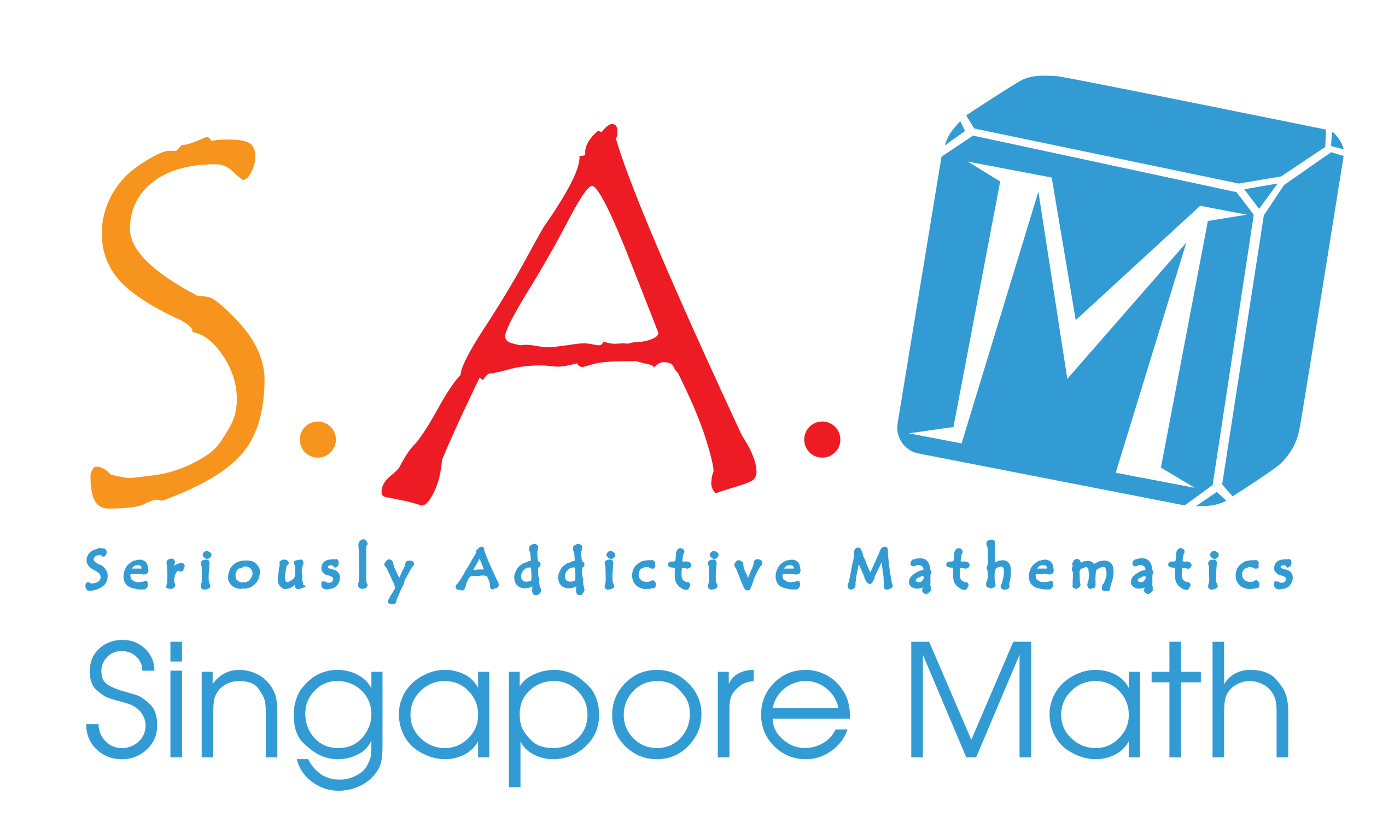
© 2025 Seriously Addictive Math. All Rights Reserved.